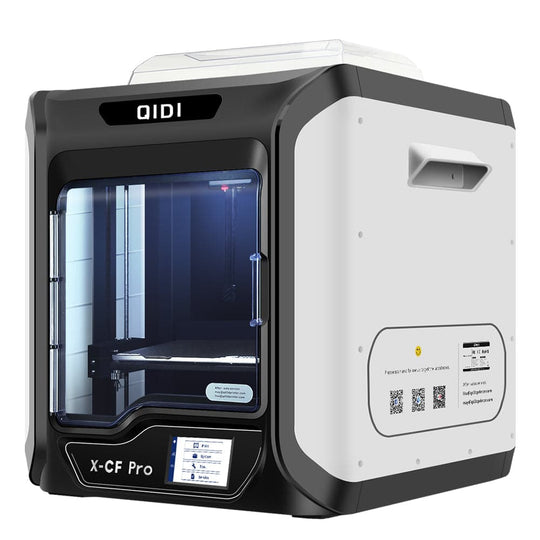Exploring the Latest Advancements in FDM 3D Printing Technology
Body
In the ever-evolving world of 3D printing, Fused Deposition Modeling (FDM) technology continues to push the boundaries of innovation. This article delves into the latest advancements in FDM 3D printing technology, offering a comprehensive overview of the cutting-edge features that are transforming the industry.

Enhanced Print Speed and Precision
One of the most significant advancements in FDM 3D printing technology is the improvement in print speed and precision. Modern FDM printers are equipped with advanced motion control systems and high-precision stepper motors, allowing for faster and more accurate prints. For instance, the integration of linear rails and ball screws has minimized mechanical play, resulting in smoother and more precise movements.
Additionally, the development of advanced slicing software has optimized print paths, reducing print times without compromising quality. These software solutions utilize algorithms that intelligently adjust layer heights and infill patterns, ensuring that each print is both efficient and detailed.
Multi-Material and Multi-Color Printing
Another exciting advancement in FDM 3D printing technology is the ability to print with multiple materials and colors. Dual-extrusion systems have become more common, allowing users to combine different filament types in a single print. This capability is particularly useful for creating complex parts with varying mechanical properties or for producing visually striking multi-color models.
Furthermore, some advanced FDM printers now feature tool-changing mechanisms that can switch between multiple extruders during a print. This innovation enables the use of a broader range of materials, including flexible, composite, and soluble support filaments, expanding the possibilities for intricate and functional designs.
Improved Material Compatibility
Material science has also seen significant progress, contributing to the advancements in FDM 3D printing technology. New filament formulations have been developed to enhance the mechanical properties, thermal stability, and printability of materials. For example, high-performance filaments such as carbon fiber-reinforced composites and engineering-grade thermoplastics are now more accessible to hobbyists and professionals alike.
Moreover, advancements in filament manufacturing processes have led to more consistent and reliable materials. Improved diameter tolerance and reduced moisture absorption ensure that filaments feed smoothly through the extruder, resulting in higher-quality prints with fewer defects.
Smart Features and Connectivity
The integration of smart features and connectivity options is another area where FDM 3D printing technology has made significant strides. Modern FDM printers often come equipped with touchscreens, Wi-Fi connectivity, and cloud-based printing platforms. These features streamline the user experience, making it easier to monitor and control prints remotely.
Additionally, some advanced FDM printers incorporate sensors and automated calibration systems that enhance reliability and ease of use. For instance, bed leveling sensors can automatically adjust the print bed to ensure optimal adhesion, while filament run-out sensors can pause a print and alert the user when a spool is empty.
Conclusion
Exploring the latest advancements in FDM 3D printing technology reveals a landscape rich with innovation and potential. From enhanced print speed and precision to multi-material capabilities and smart features, these developments are driving the industry forward. As FDM technology continues to evolve, it promises to unlock new possibilities for creators, engineers, and enthusiasts around the world.
By staying informed about these advancements, users can leverage the full potential of FDM 3D printing technology, pushing the boundaries of what is possible and transforming their ideas into reality.









Comments